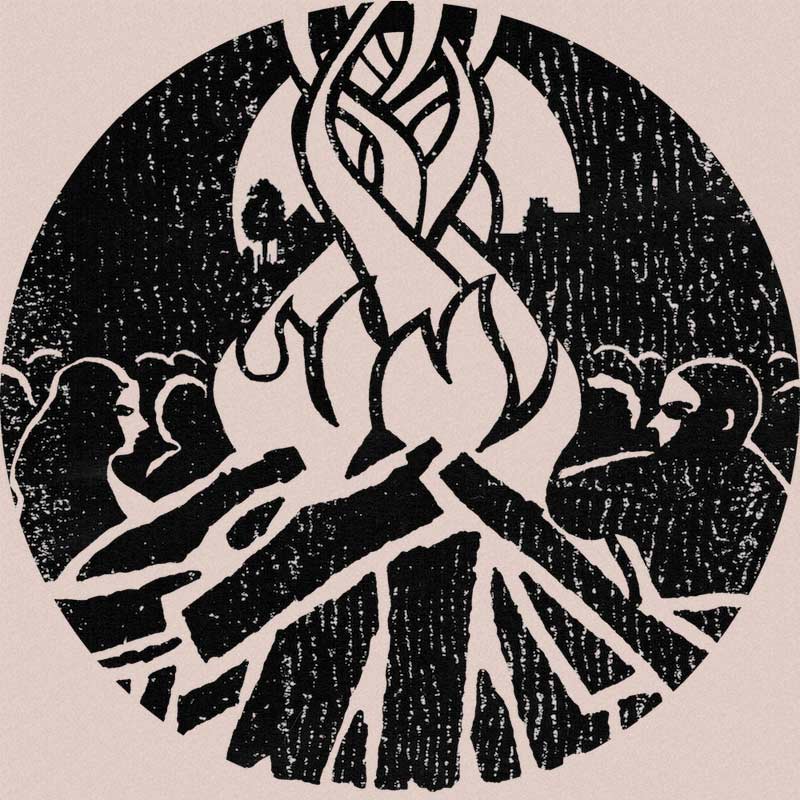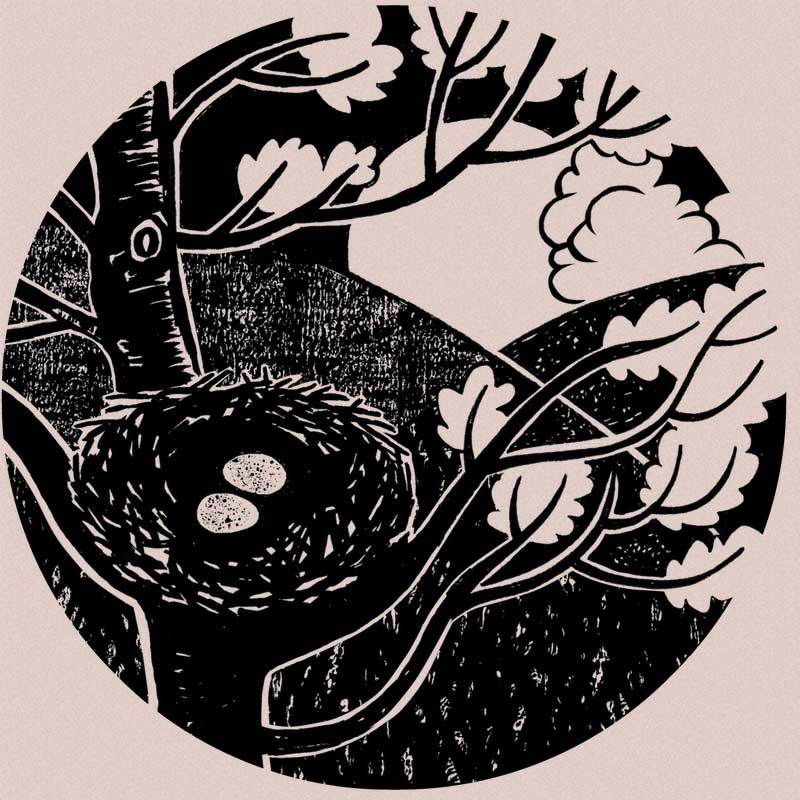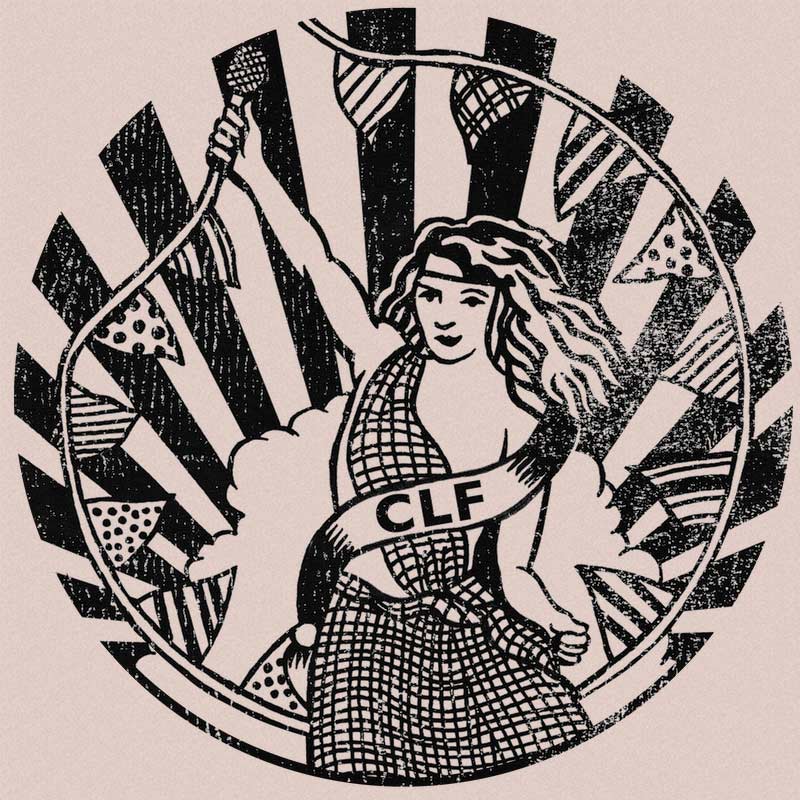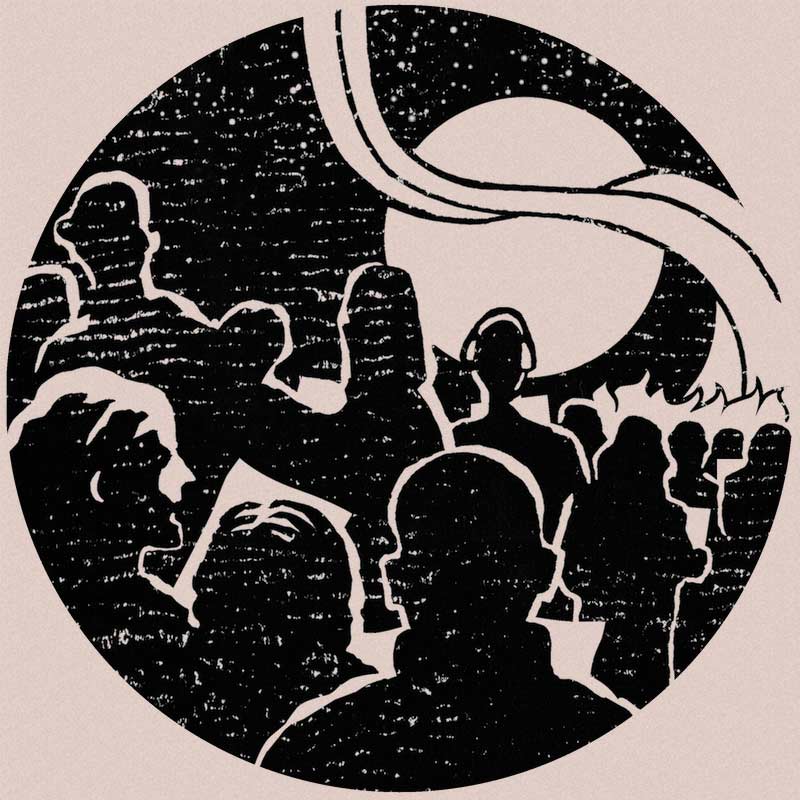01 June, 2021
Fire has mesmerised mankind since the dawn of civilisation: it regenerates and it destroys, it purifies and protects, and it can mean survival or death. To our ancestors, the warmth of a lit fire on a cold night meant living through the night, protection from predators and a means for cooking food. It was life-giving, and yet also carried the powers of destruction. Our relationship with fire has always been one of awe, of need, of the constant attempt to tame, and of respect. We are still easily mesmerised by the dancing flames in a hearth or a bonfire, drawn to the hypnotic shapes and sense of mystery that is inherent in something that we, for all our technological and civilisational advancements, are still humbled by. Many millenia later, we are still brought together round a fire, huddling for warmth, sharing stories and watching its ever-changing colours… So here is some fire folklore and mythology for you to share the next time you find yourself communing with others around its flames.

FIRE MYTHS
One of the most famous fire myths is the Ancient Greek story of Prometheus, the Titan who defied the gods by stealing the gift of fire from them and sharing it with humans. As the Olympians had banished his family to Tartarus, Prometheus stole their fire in anger, and gave it to us, thereby igniting major progress of civilisation. The theme of stealing fire – as if it were something divine and heavily guarded by the gods, appears in several folk tales.

Folklore from Native American Tribes in the Pacific Northwest and First Nations tells stories of fire being stolen by Dog, Coyote and Beaver, and gifted to humans; while a famous Cherokee myth tells of Grandmother Spider weaving a web to sneak into the land of light, after Possum and Buzzard fail to bring back fire. Grandmother Spider steals fire from the Sun, hiding it in a clay pot, and brings it back to humans so they can see in the dark. The Rig Veda, a Hindu text, tells of a hero called Mātariśvan who stole fire that had been hidden from man.
FIRE DEITIES

In Ancient Greece, Hestia was the goddess associated with the hearth, and therefore every private or public hearth (or prytaneium) was regarded as a sanctuary for her. In Greek mythology, Zeus tasked Hestia with maintaining the fires in the Olympian hearth, using fat from animal sacrifices to the gods. Therefore it was customary for Hestia to be given the first offering during a sacrifice, so she can maintain the Olympian fires. There was a public fire dedicated to Hestia in every city, which was not allowed to burn down – failure to keep it burning or maintain it was seen as bad luck, as well as a breach of duty.

The equivalent to Hestia in Roman mythology was Vesta, who played a much more prominent role in Roman culture. She was usually depicted as a flame (instead of in human form). The Temple of Vesta, in the Roman Forum, was only accessible to Vesta’s priestesses, known as Vestals. They tended the sacred hearth fires of the temple, which were believed to have power over the preservation, continuation and success of the Roman Empire. These fires were so important that water was kept away, and often not allowed nearby for longer than was strictly necessary. The importance of Vesta was so ingrained in Roman tradition that it is thought to be one of the last remaining pagan cults after the rise of Christianity, until Theodosius disbanded it in ACE 391.
In Celtic lore, Brigid (later Christianised as St Brigit) is the deity associated both with holy wells and with sacred flames. In Kildare, Brigid’s sacred flames were tended to by priestesses since the pre-Christian era. Once Christianity dominated the land, there were attempts to extinguish the flames which were unsuccessful right up until the 16th century when monasteries were suppressed. In 1993, the Brigidine Sisters – a group of nuns dedicated to Brigid – relit the fire, and in 2005 Kildare County Council commissioned a sculpture to house the fire in Kildare Town Square, where it still burns bright. Brigid and her sacred flame are celebrated at Imbolc, a fire festival in February that welcomes the thawing of winter and coming return of the sun.

Another Celtic fire deity is Belenus, whose name translates as “shining one”. He was the Celtic god of the sun, worshipped all year round but especially on Beltane – the ancient May fire festival celebrating the peak of spring and the fertility of the earth. Belenus also had sacred fires dedicated to him, bonfires (or balefires) lit on hilltops on the eve of Beltane. Farm animals were driven between the fires to remove any impurities and guard them from illness until the following year, while people lept over the fires for purification and to ward off spirits.
FOLKLORE
Folklore around fire often falls into two categories – it being a protective force, and it being a method of divination.
Protective Force
Fire is seen as having the power to ward off evil spirits, something that was particularly important during childbirth. This custom still remains in Scandinavia, Germany and Britain, where candles and fires are sometimes lit around a newborn to protect it from evil.
The Chukchee, an ancient Arctic indigenous people who live in the Chukchi Peninsula, drive their reindeer close to a sacred fire, so that any evil spirits or contamination can be extinguished.
In Bulgarian folklore, fire has magical properties – it can keep illnesses at bay, banish evil spirits, and protect from unwanted negativity. Candles, live embers or firebrands were used to consecrate people’s homes, clearing them of any residual energy or spirits, as well as purifying clothes and objects. In traditional custom, the hearth fire should never burn out, as otherwise bad luck will come to the inhabitants.
Divination

The Banyoro tribe in Central Africa will refuse to hunt if their fire has gone out overnight, as it is seen as an omen of bad luck or death.
In Dorset, a smouldering fire that suddenly bursts into flames foretells of a stranger’s arrival.
In East Anglia, people would spit on hot cinders to see if they crackled. If they did, this meant good news and that money was coming your way, however if they didn’t crackle, it foretold of death.
In Greece the behaviour of logs in a fire is seen as a method of divination. If they crackle, then good news is coming and a friend may be on their way. However, trouble is brewing if they hiss and spew ash and sparks.
In parts of England, the shape of cinders plays a big part in foretelling news. If they are oval, it means a sign of birth, while oblong tells of good luck and prosperity.
In Lincolnshire, a death was expected if a neglected fire burns for too long.



